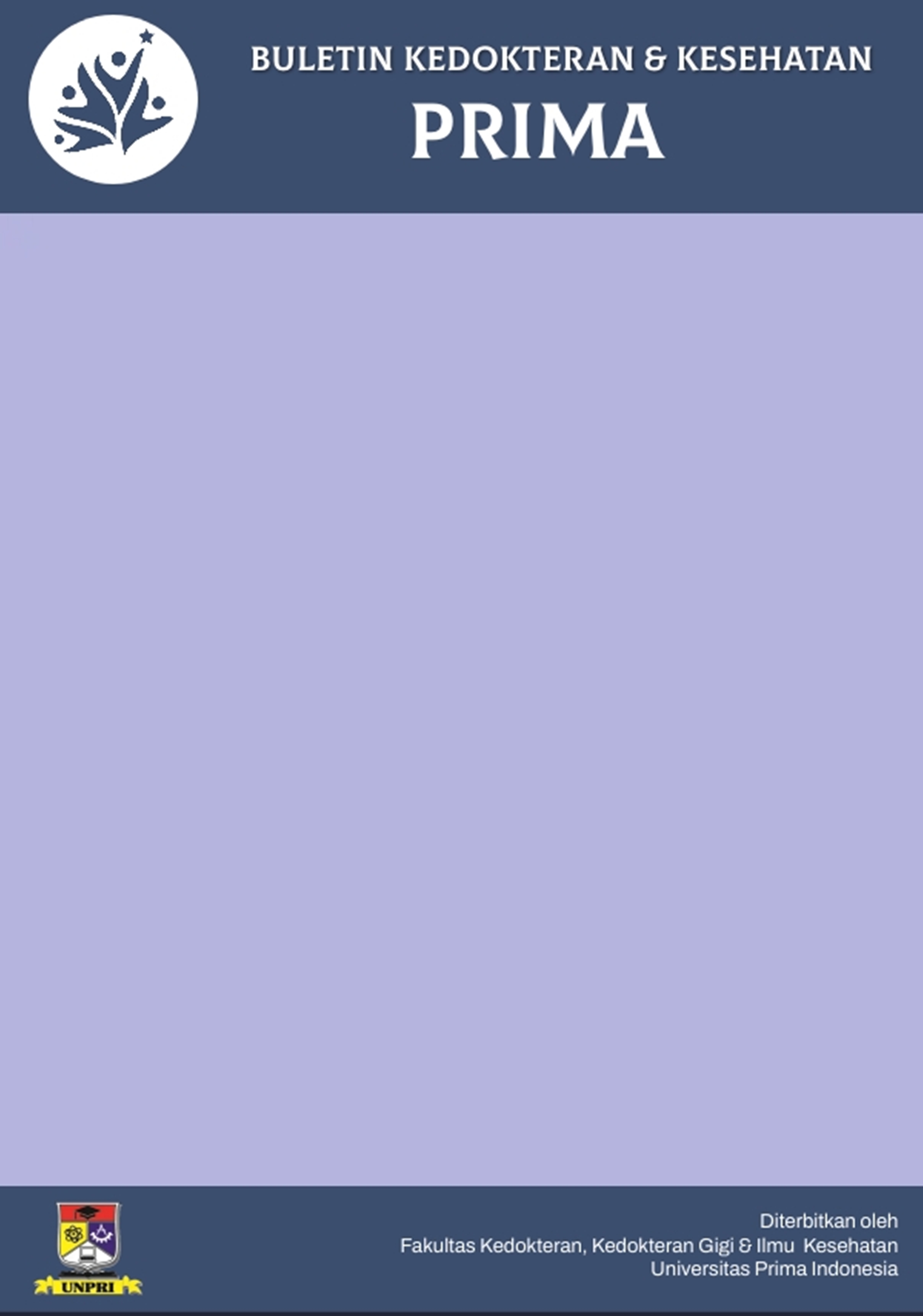Abstract
Background: Type 2 Diabetes Mellitus (T2DM) is a significant health issue in Indonesia, where management relies heavily on patient dietary adherence. However, adherence levels are often suboptimal. This study aimed to identify the factors associated with dietary adherence among T2DM patients at a major hospital in Medan, Indonesia.
Methods: This cross-sectional study was conducted in December 2024 at Royal Prima General Hospital, involving 64 T2DM patients selected through total sampling. Data on demographic characteristics, knowledge, family support, and healthcare provider (HCP) support were collected via structured questionnaires. Dietary adherence was the dependent variable. Data were analyzed using chi-square tests and multivariate logistic regression.
Results: A slight majority of patients (53.1%) were adherent to their diet. Multivariate analysis identified age as the most dominant predictor, with patients aged ≥45 years being 18.9 times more likely to be adherent than younger patients (AOR = 18.935, p=0.004). Male gender was also a significant predictor of higher adherence (AOR = 7.652, p=0.01). Paradoxically, good knowledge (AOR = 0.161) and HCP support (AOR = 0.109) were significantly associated with lower odds of adherence. Education and employment status showed no significant association.
Conclusion: Age is the most critical factor influencing dietary adherence among T2DM patients in this cohort, with older individuals demonstrating significantly better compliance. Interventions should specifically target younger patients and women, who are at higher risk for non-adherence.

This work is licensed under a Creative Commons Attribution-NonCommercial 4.0 International License.
Copyright (c) 2025 Modesto Lam Ulido Putra Turnip, Ermi Girsang, Ade Indra Mukti
